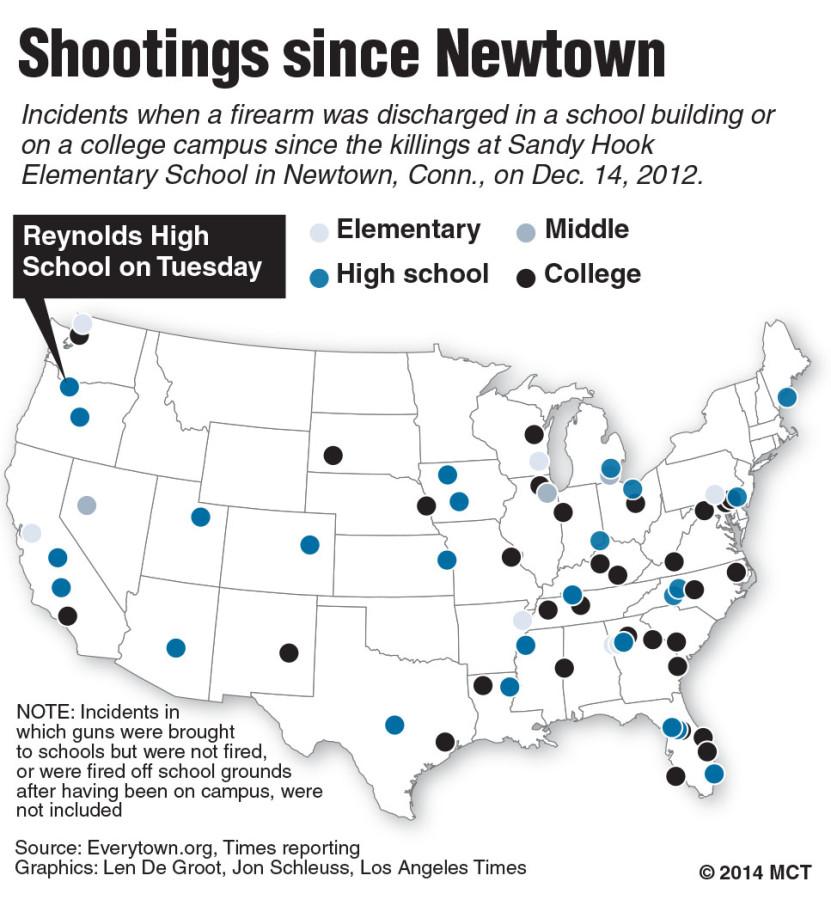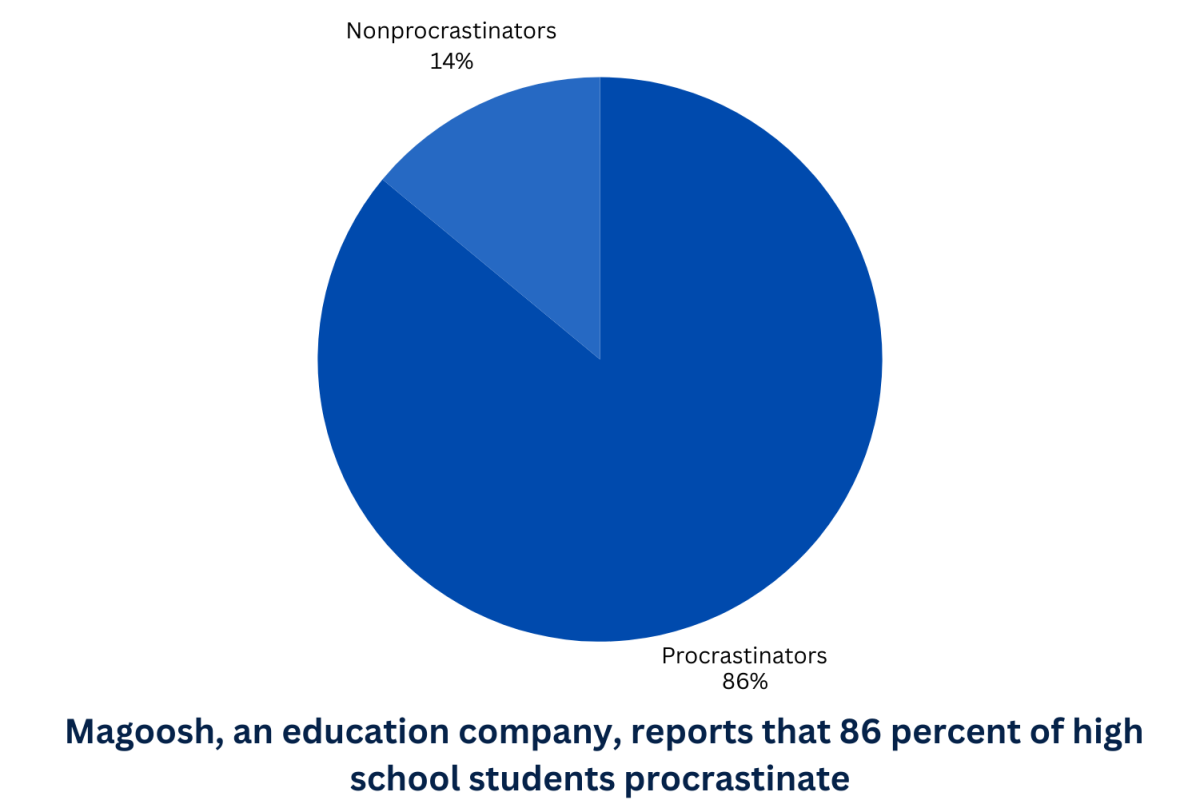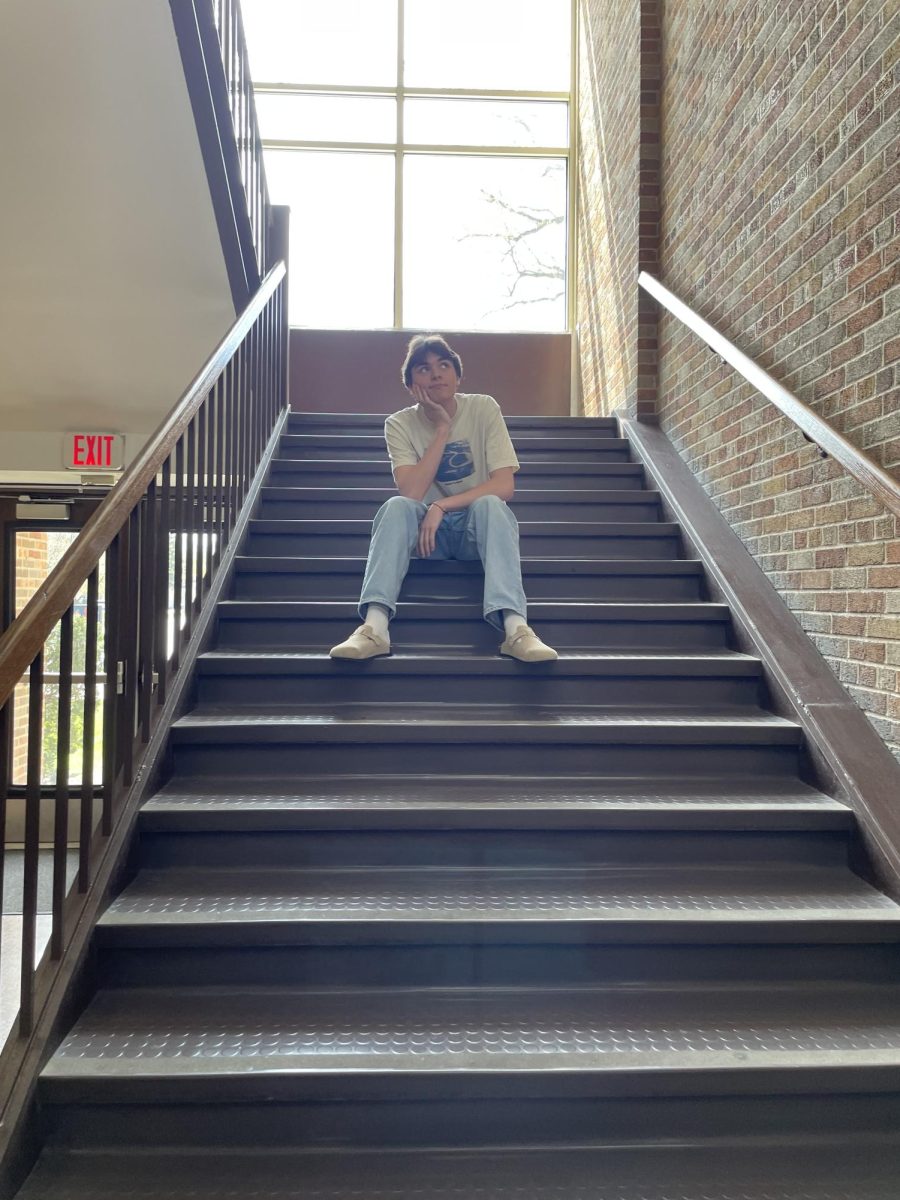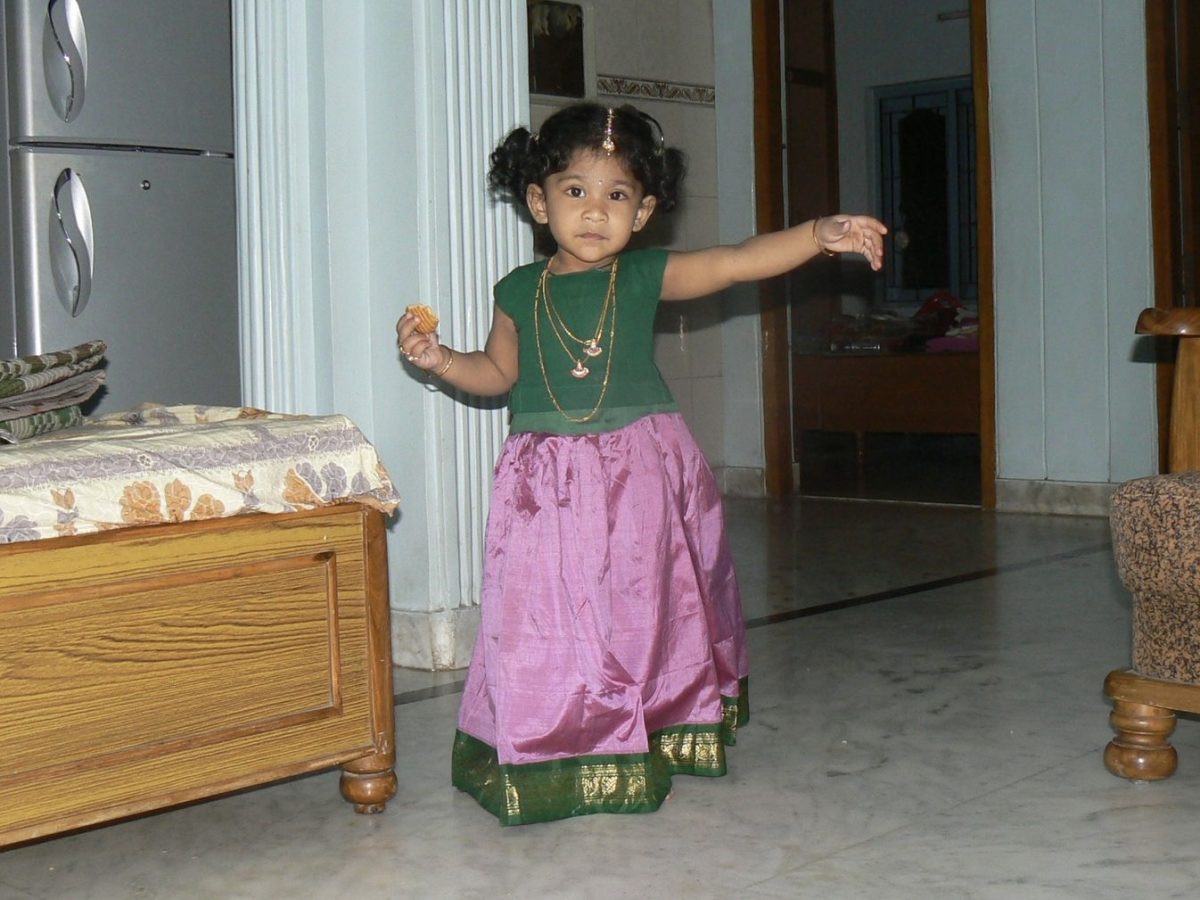Every day we are journalists across social media. With information at our fingertips, and the ability to inform people of events within seconds, we become the ones telling the story and recording history.
This constant, rapid fire of information accessible to all internet users allows us to receive the news that we want to hear. Filters and tags allow for easy categorization of events globally, as well as easy access to relevant news coverage.
According to Internet Live Stats (a website that records the usage of social media by second), an average of 500 million tweets are sent out a day with around 9,249 tweets per second. In that same second, approximately 2,155 pictures are posted on Instagram, 1,763 Skype calls are made, 49,039 Google searches take place, and 2,389,784 e-mails are sent.
With this, coverage, reports, photos, information, and highlights can be shared effortlessly with thousands, if not millions, of people around the world. The whole world is at our fingertips, for better or for worse.
For the better, we get more connected with the world. People, places, cultures, and languages can be woven together with a few taps on a screen. News doesn’t take over a week to get from one city to the next, but instead can often be watched live.
However, while these intercontinental links are informative, they can often do some harm as well.
It seems like everyday, there’s another story of a shooting, hate crime, or tragedy somewhere in the world. There’s so much of it that the media becomes oversaturated with violence, and it becomes hard for viewers to see anything but the “bad in the world,” so to speak.
“We are the news because we have our phones and video… and it becomes very hard to focus on anything unless it’s right in front of your face and repeated 18 times for you to notice it and cut through the noise of information,” current issues teacher Mr. Dennis Duffy explained.
This difficulty to see past the constant stream and focus on one particular thing seems to constantly affect an event’s amount of coverage.
According to the Chicago Tribune, there have been 95 school shootings since the tragedy at Sandy Hook Elementary in December 2014. In these, analysis found that 45 people have been killed and 78 injured. These shootings together received a fraction of the amount of attention that Sandy Hook saw with 27 deaths, including the perpetrator himself. While the following shootings have a death toll of nearly double that of Sandy Hook, little attention has been given to them or the victims.
Similarly, the Chicago Sun-Times reported that over Memorial Day weekend, 55 civilians were shot in Chicago.
“Twelve people were killed and at least 43 others — including a 4-year-old girl — were wounded in shootings across Chicago over a bloody Memorial Day weekend,” the article recorded.
However, these shootings attracted little attention. It is hard to say that any of the tragedies weren’t news — they deserve to be recognized. Although, in a world that sees violence by the minute, deeming certain tragedies more “newsworthy” than others seems to be a nearly impossible feat.









